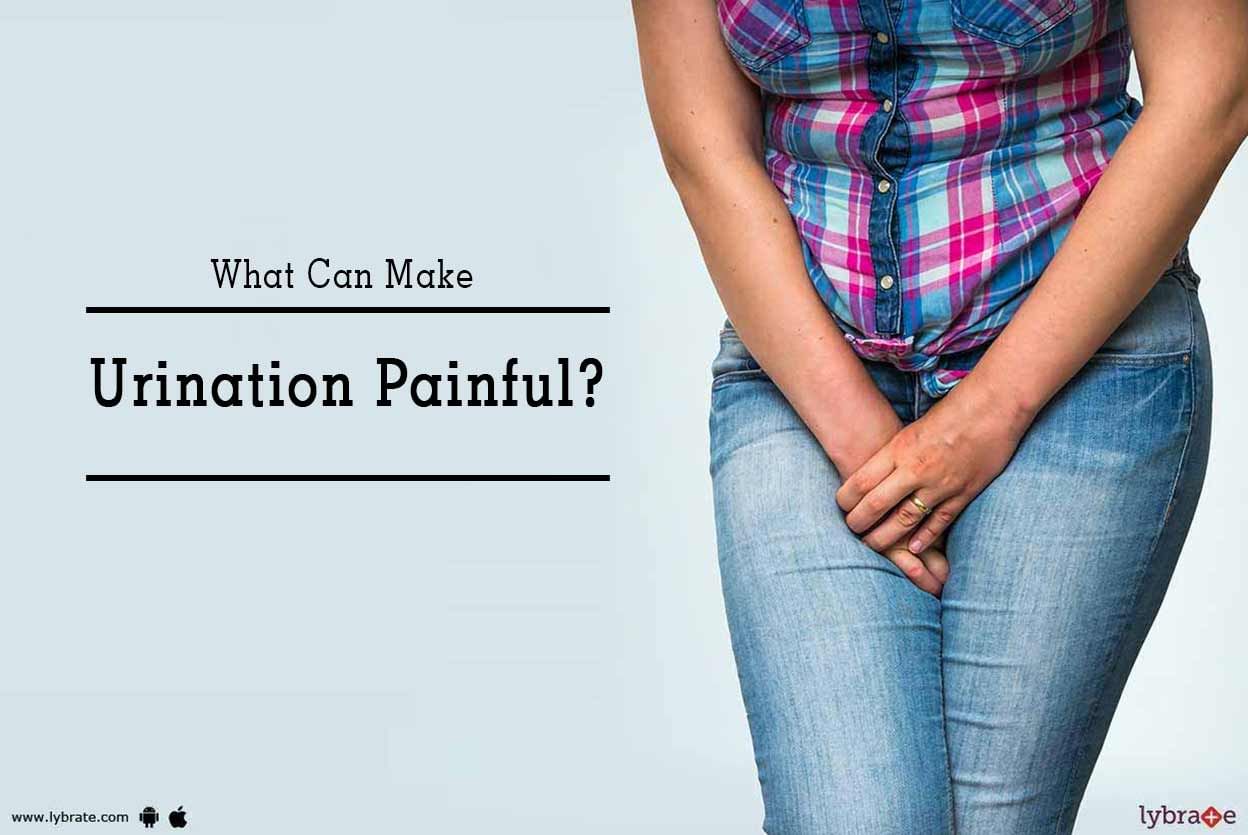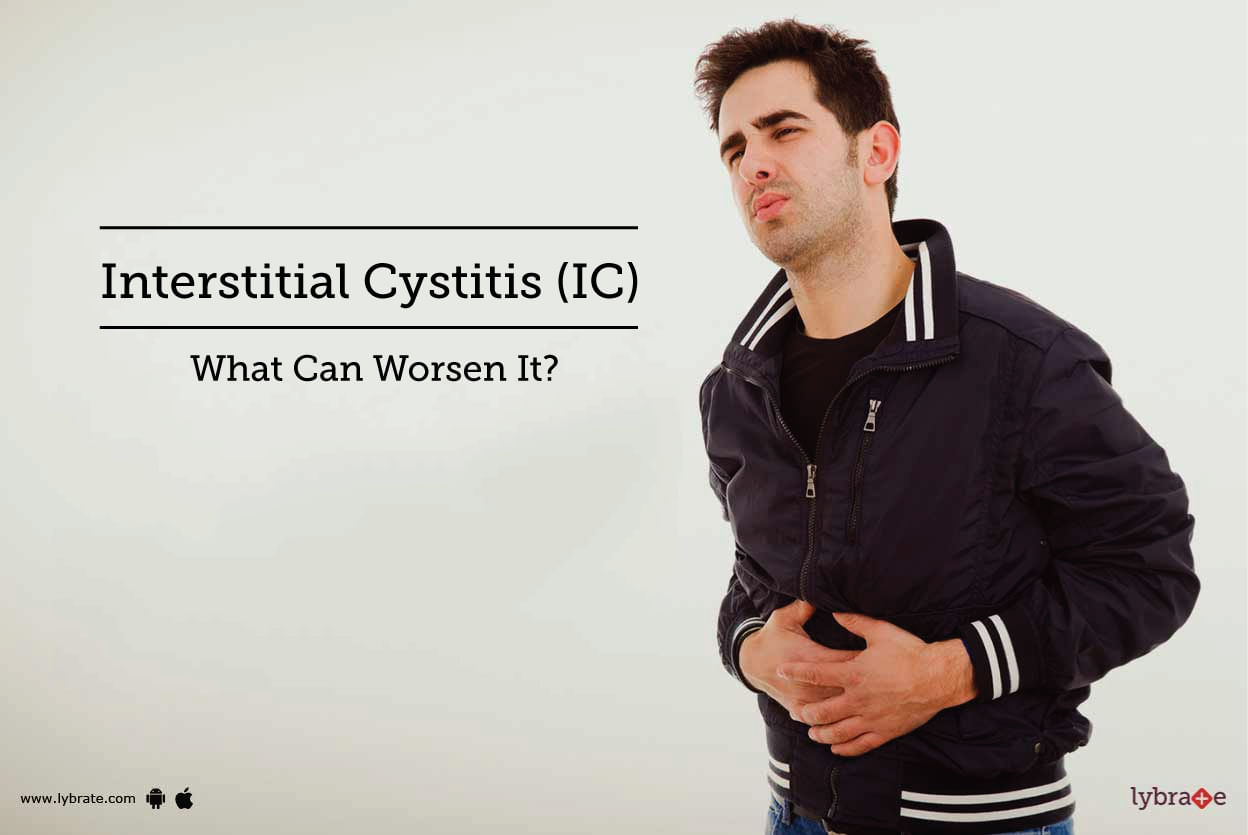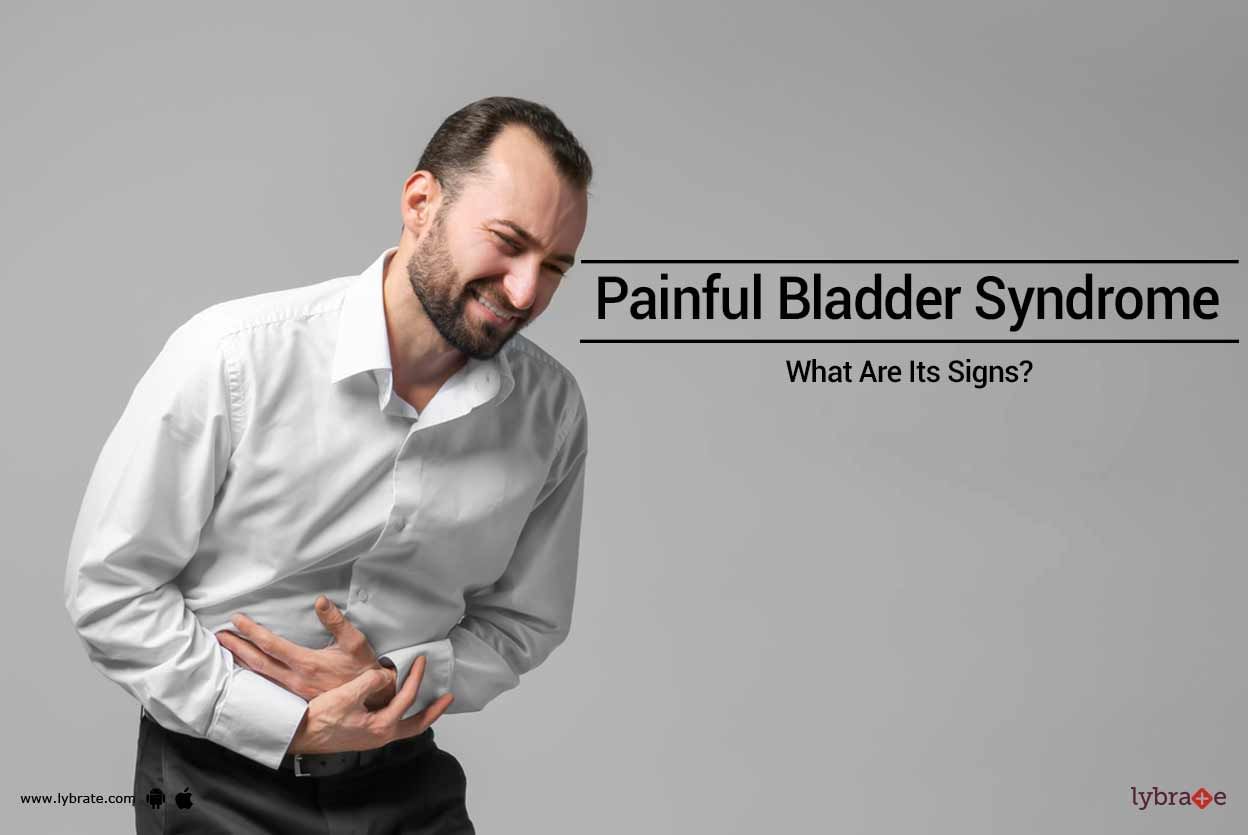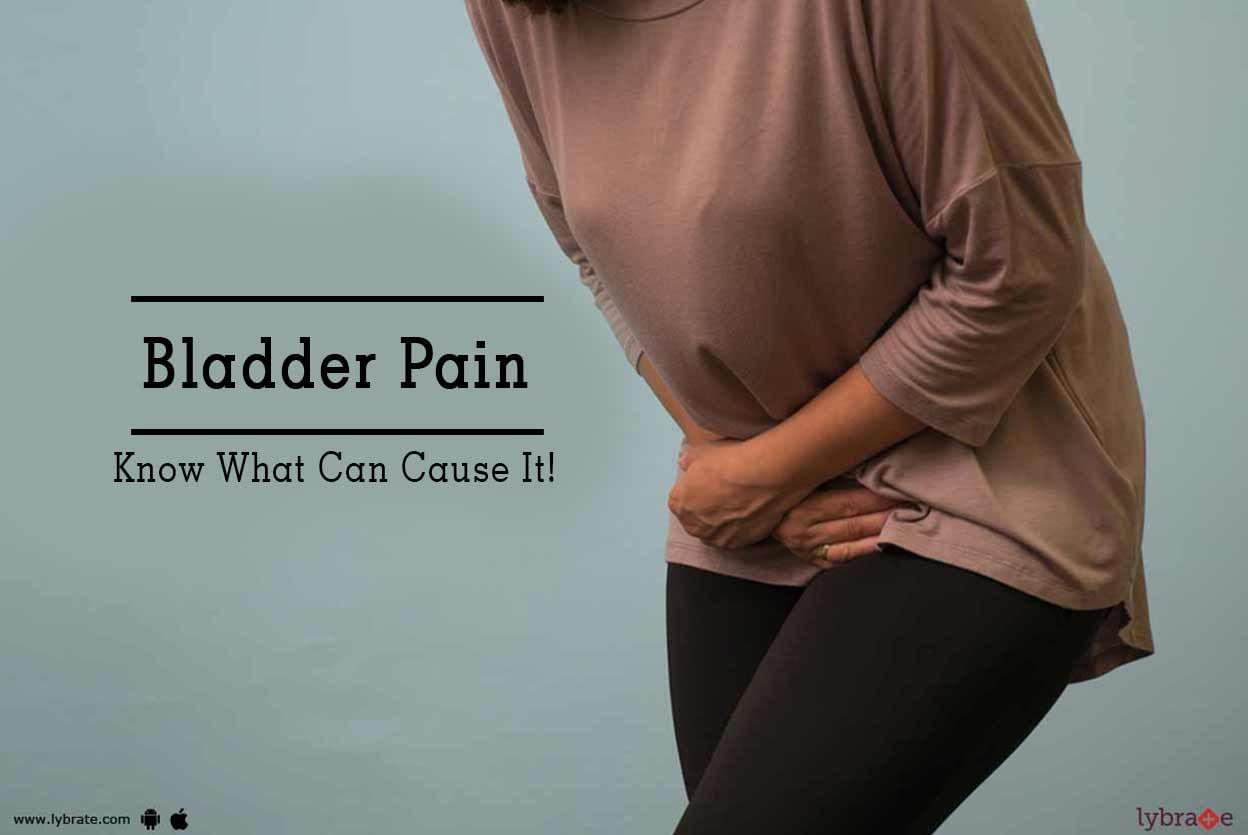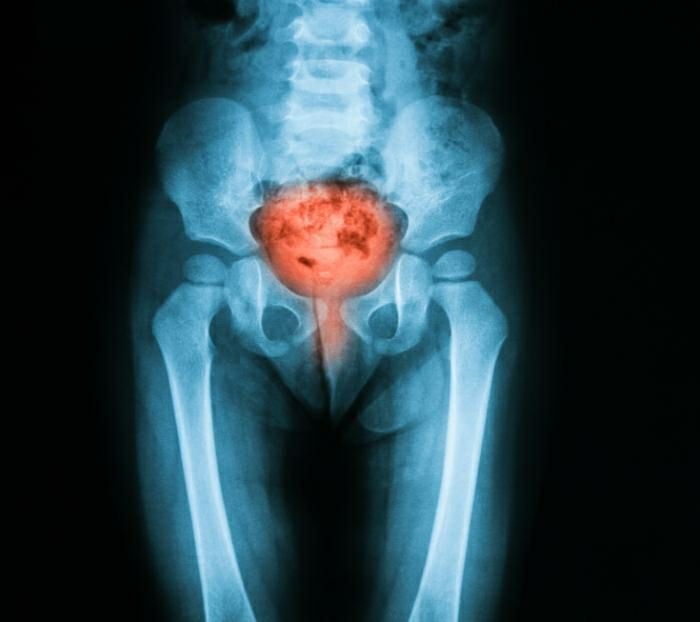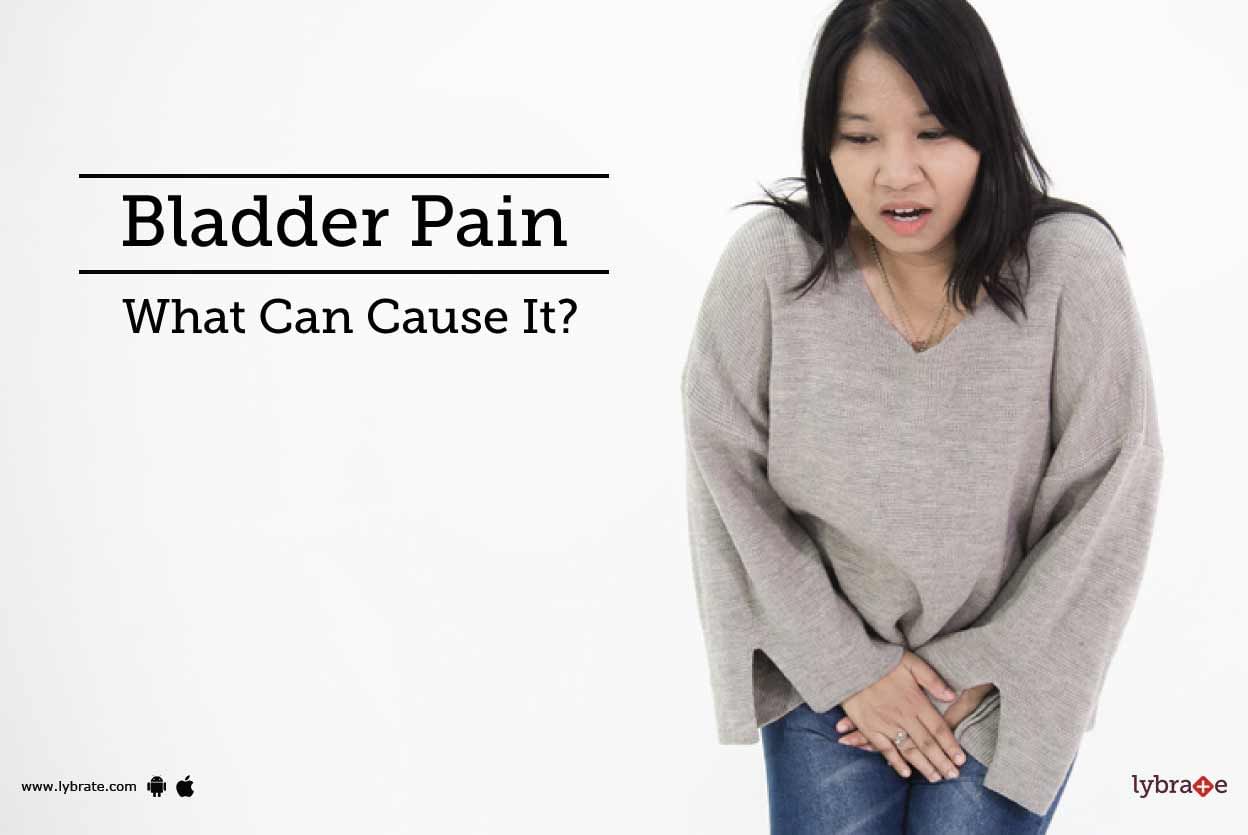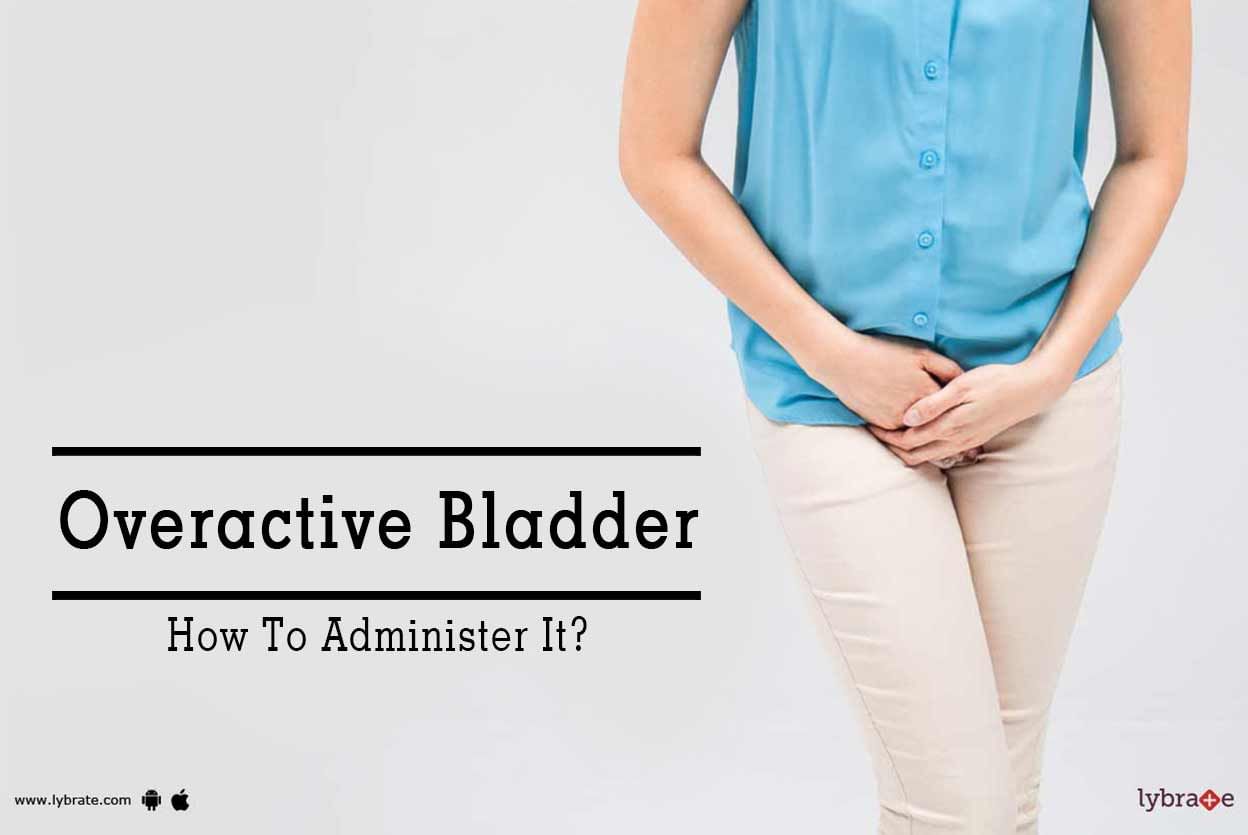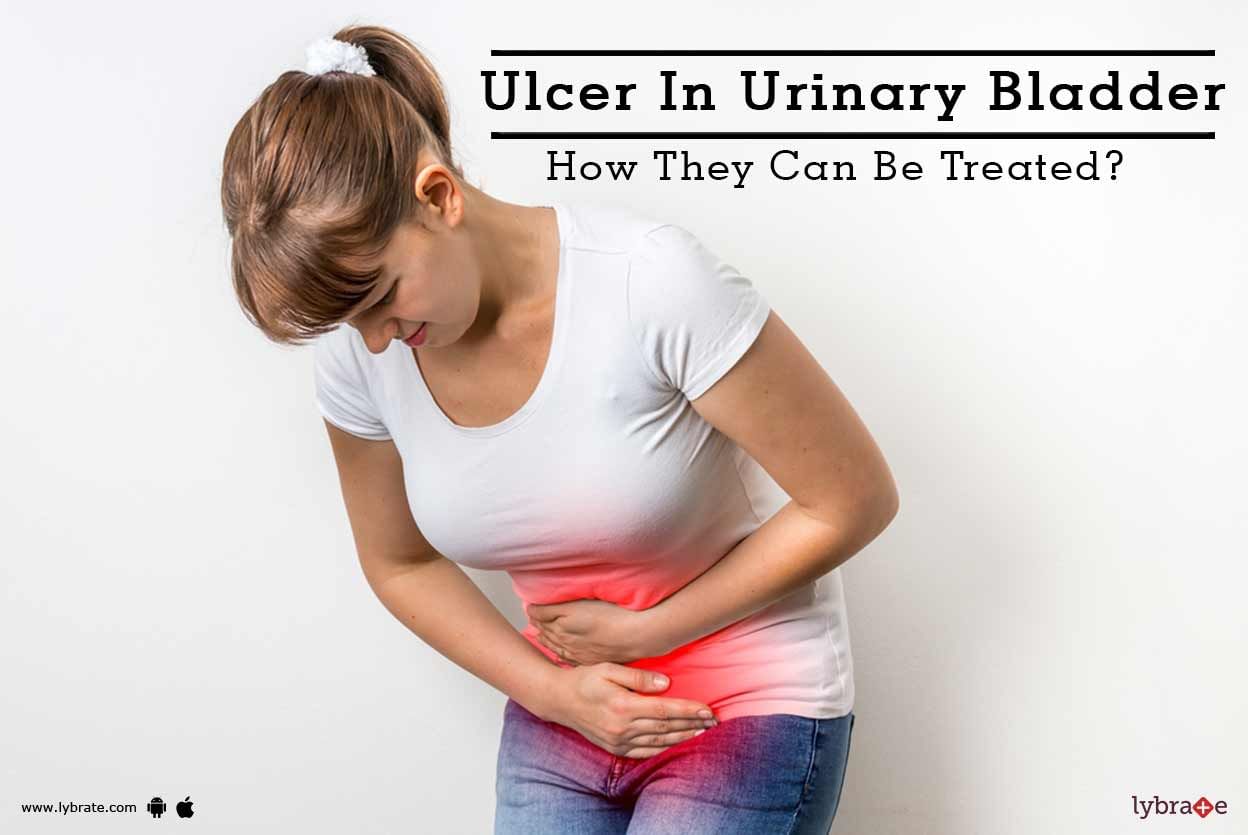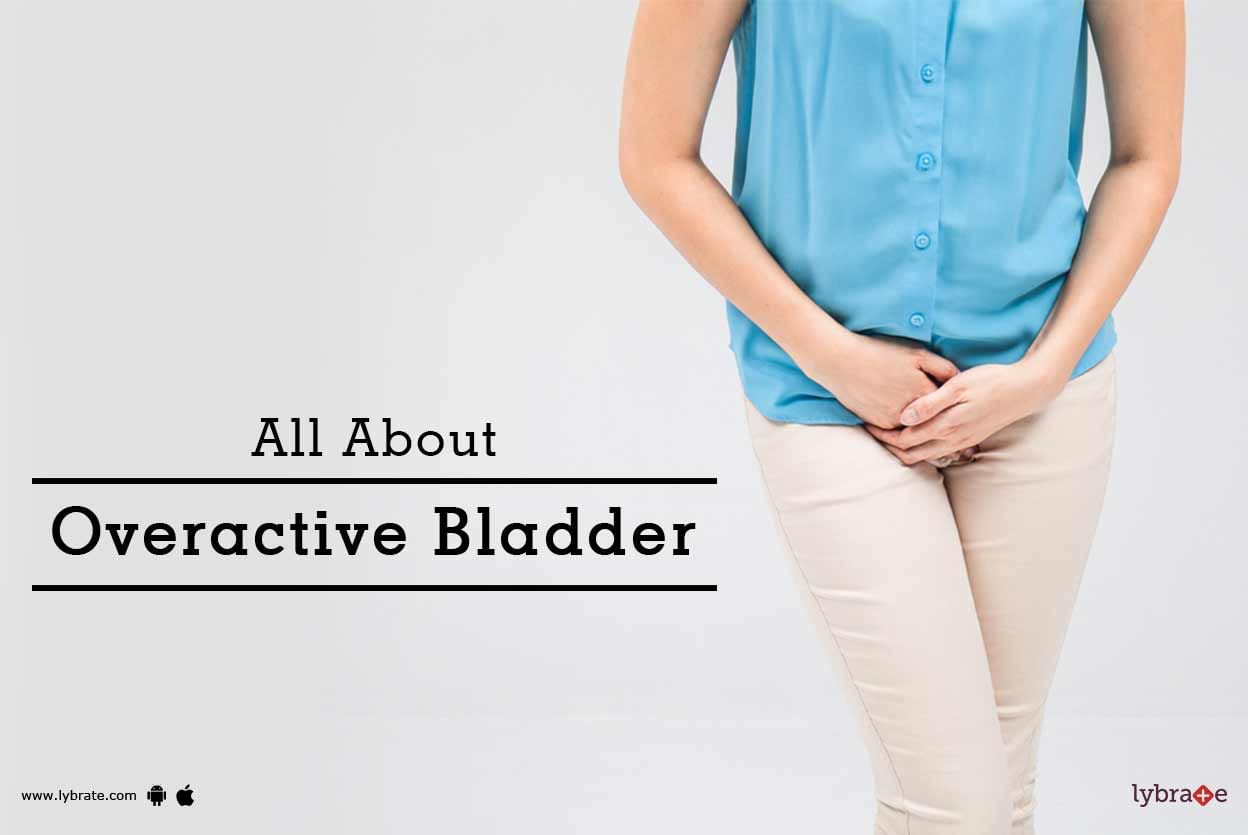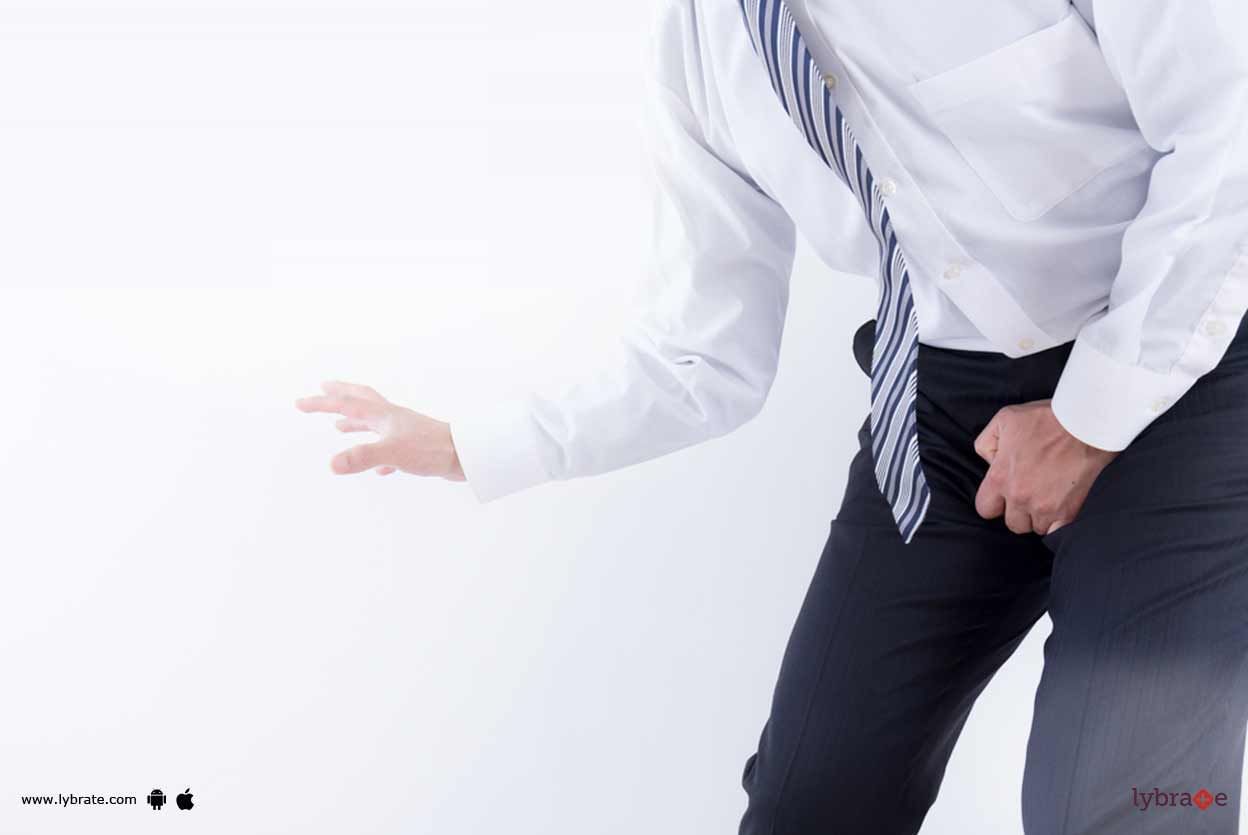Get the App
For Doctors
Login/Sign-up
Health Feed
Find Doctors
Health Packages
AllQ&AsTipsQuizzes
Sensitive Bladder Tips
Last Updated: 5 years ago• Featured Tip
Share
Bookmark
Report
Multi Speciality•Guwahati
Our kidneys help in filtering waste and extra water from the blood through urination in the form of urea which is stored in the bladder. A healthy urinary system can hold up to around two cups of urine for 2-5 hours. On a normal routine, one urinates 4-8 times a day but urinating more than that and very frequently might indicate a health issue or just increased liquid consumption or overactive bladder syndrome. When there are other things like fever, stomach ache, vomiting, bloody or foggy urine...more
Last Updated: 6 years ago• Featured Tip
Share
Bookmark
Report
Interstitial cystitis (IC), also known as painful bladder syndrome, is a difficult condition. It is difficult to diagnose and though there are treatments that can make life easier, there is no long-term cure. Interstitial cystitis is a lifelong bladder problem, that causes pressure and pain below the belly button. Symptoms can be constant, or they may fluctuate. It causes painful and urgent trips to the bathroom. In severe cases, you may need to urinate about 40 to 60 times a day.
What ...more
What ...more
Last Updated: 6 years ago• Featured Tip
Share
Bookmark
Report
The kidneys make urine, which is a fluid through which wastes from the body including urea are eliminated from the body. There are two kidneys on the right and left side, which make urine, and pass it down to the bladder through tubes known as ureter. The bladder acts as a reservoir of the urine that is formed in the kidneys. It is stored temporarily there before being excreted out of the body through the urethra. The urinary bladder is a highly muscular organ and has a rich connective tissue.more
Last Updated: 6 years ago• Featured Tip
Share
Bookmark
Report
Bladder is an organ of the lower abdomen which stores urine. Though it is a problem common to both men and women, women are two times more prone to be affected than men.
The following are some of the causes that give rise to bladder pain.
Bacterial infection or urinary tract infection is one of the common causes of bladder pain. Women are more likely to encounter urinary tract infection. It occurs if bacteria sneak in through the urethra leading to develop an infection in the ...more
The following are some of the causes that give rise to bladder pain.
Bacterial infection or urinary tract infection is one of the common causes of bladder pain. Women are more likely to encounter urinary tract infection. It occurs if bacteria sneak in through the urethra leading to develop an infection in the ...more
Last Updated: 6 years ago• Featured Tip
Share
Bookmark
Report
Diagnosis -
The following may be helpful in diagnosing interstitial cystitis:
Medical history and bladder diary - Your doctor will ask you to describe your symptoms and may ask you to keep a bladder diary, recording the volume of fluids you drink and the volume of urine you pass.
Pelvic exam - During a pelvic exam, your doctor examines your external genitals, vagina and cervix and feels your abdomen to assess your internal pelvic organs. Your doctor may also examine your anus an...more
The following may be helpful in diagnosing interstitial cystitis:
Medical history and bladder diary - Your doctor will ask you to describe your symptoms and may ask you to keep a bladder diary, recording the volume of fluids you drink and the volume of urine you pass.
Pelvic exam - During a pelvic exam, your doctor examines your external genitals, vagina and cervix and feels your abdomen to assess your internal pelvic organs. Your doctor may also examine your anus an...more
Last Updated: 6 years ago• Featured Tip
Share
Bookmark
Report
Bladder is an organ of the lower abdomen which stores urine. Though it is a problem common to both men and women, women are two times more prone to be affected than men.
The following are some of the causes that give rise to bladder pain.
Bacterial infection or urinary tract infection is one of the common causes of bladder pain. Women are more likely to encounter uninary tract infection. It occurs if bacteria sneak in through the urethra leading to develop an infection in the ...more
The following are some of the causes that give rise to bladder pain.
Bacterial infection or urinary tract infection is one of the common causes of bladder pain. Women are more likely to encounter uninary tract infection. It occurs if bacteria sneak in through the urethra leading to develop an infection in the ...more
Last Updated: 6 years ago• Featured Tip
Share
Bookmark
Report
Not always nature s calls can be answered immediately. Sometimes, situations demand that you control the urge for a while. When you are not able to control the urge, things may go haywire.
If you are experiencing a frequent urge to urinate and unable to control it, it might be a case of overactive bladder which can be quite embarrassing and can disrupt normal routine to a considerable extent. But if you consult a Urologist regarding this it can be managed and treated, so no need for con...more
If you are experiencing a frequent urge to urinate and unable to control it, it might be a case of overactive bladder which can be quite embarrassing and can disrupt normal routine to a considerable extent. But if you consult a Urologist regarding this it can be managed and treated, so no need for con...more
Last Updated: 6 years ago• Featured Tip
Share
Bookmark
Report
Hunner's ulcers, simply put are painful ulcers in your urinary bladder. These ulcers are inextricably linked to another disorder called the painful bladder syndrome or intestinal cystitis. They occur in 10 to 15 percent of people with interstitia cystitis. These, in fact, are red patches or lesions on the bladder wall which can stiffen tissue and cause reduced bladder capacity. Hunner s ulcers bleed, ooze pus and can be of different sizes. The ulcers in the bladder can be extremely painful and u...more
Last Updated: 6 years ago• Featured Tip
Share
Bookmark
Report
A problem pertaining to the storage function of the bladder that results in bouts of sudden, often uncontrollable urge to urinate is referred to as an overactive bladder. This condition which is marked by unconditioned or involuntary loss of urine can sometimes be quite difficult to stop. People who experience such a condition often feel humiliated and as such tend to limit their social and work life. Despite such, only a few are conscious that a brief evaluation can help them manage and overcom...more
Last Updated: 6 years ago• Featured Tip
Share
Bookmark
Report
The condition of enlarged prostate occurs due to the enlargement of a man s prostate gland, with the passage in time. Also known as benign prostatic hyperplasia (BPH), it is more common in men over the age of 60. Some cases might have symptoms and others may be symptomless. Although the causes are relatively unknown, it is evident that BPH is not a form of cancer, neither does it cause cancer. The prostate is located below the bladder and is responsible for producing the fluid needed by semen. T...more
Book appointment with top doctors for Sensitive Bladder treatment
View fees, clinic timings and reviews
Ask a free question
Get FREE multiple opinions from Doctors
posted anonymously


